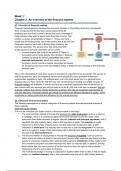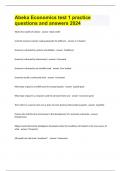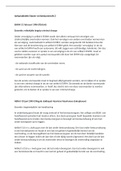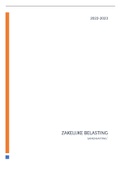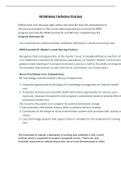Resumen
Samenvatting - Financial Markets and Institutions (E_EBE3_FMI)
- Grado
- Institución
Complete summary of all the book chapters, studies, and articles of Financial markets and Institutions (FMI) given in year 3 of the Study Economics and Business economics
[Mostrar más]
